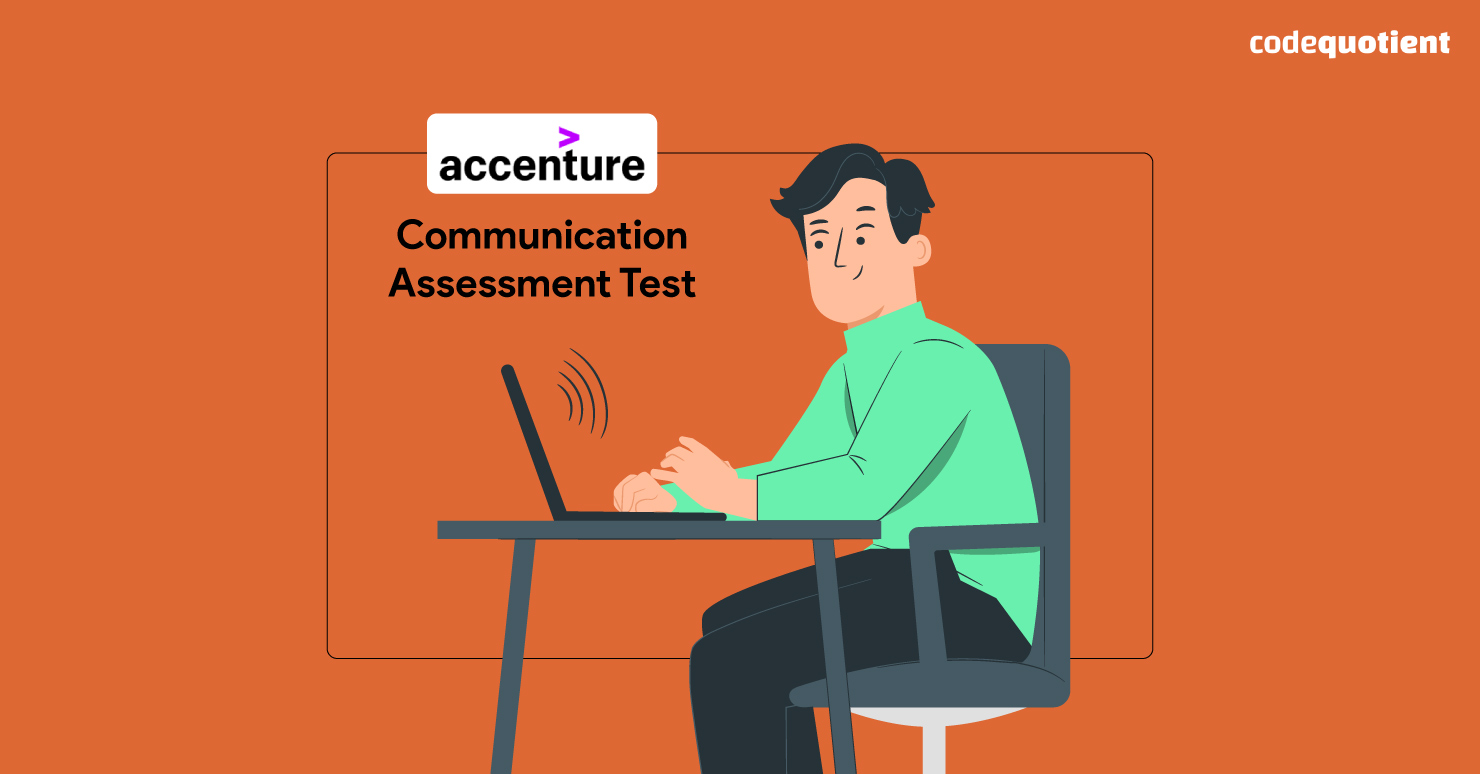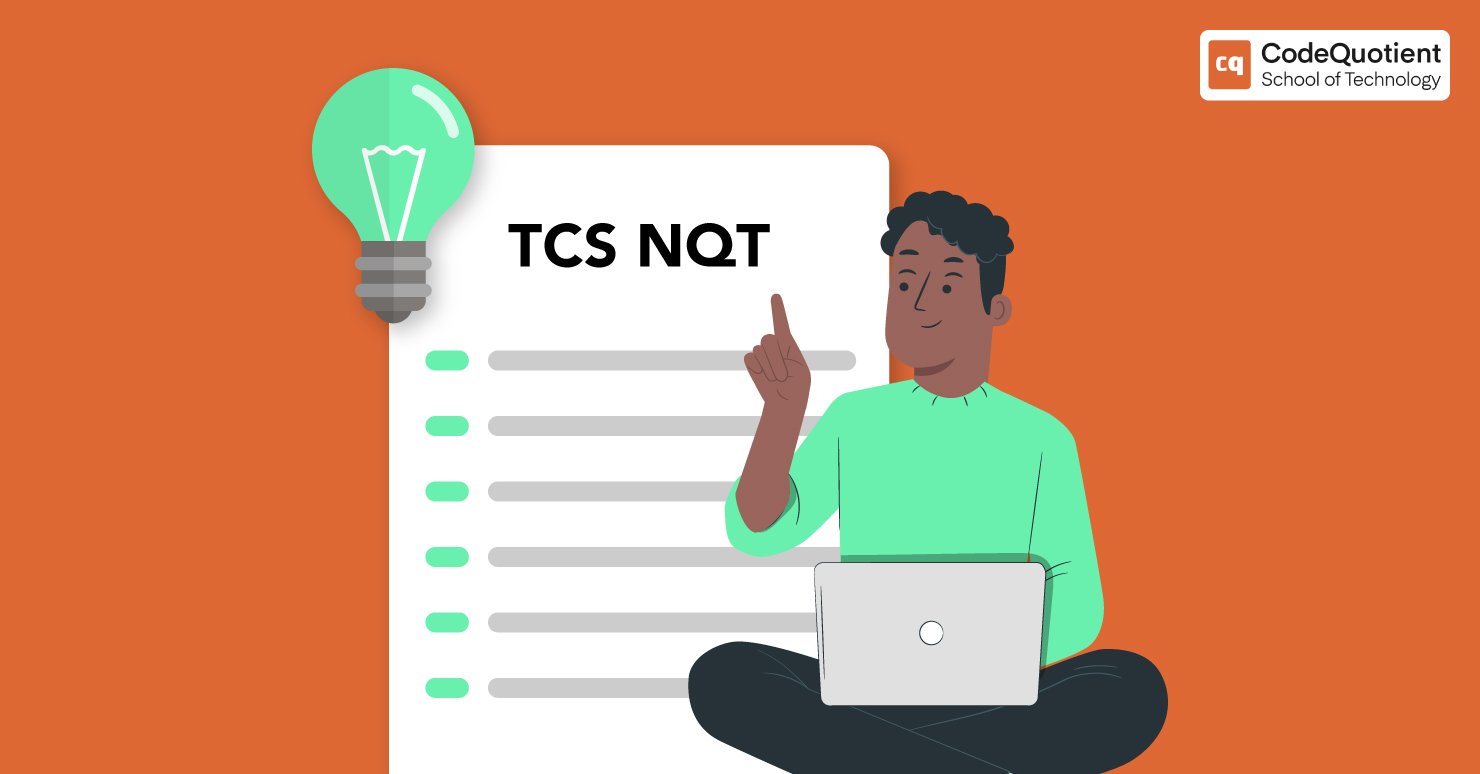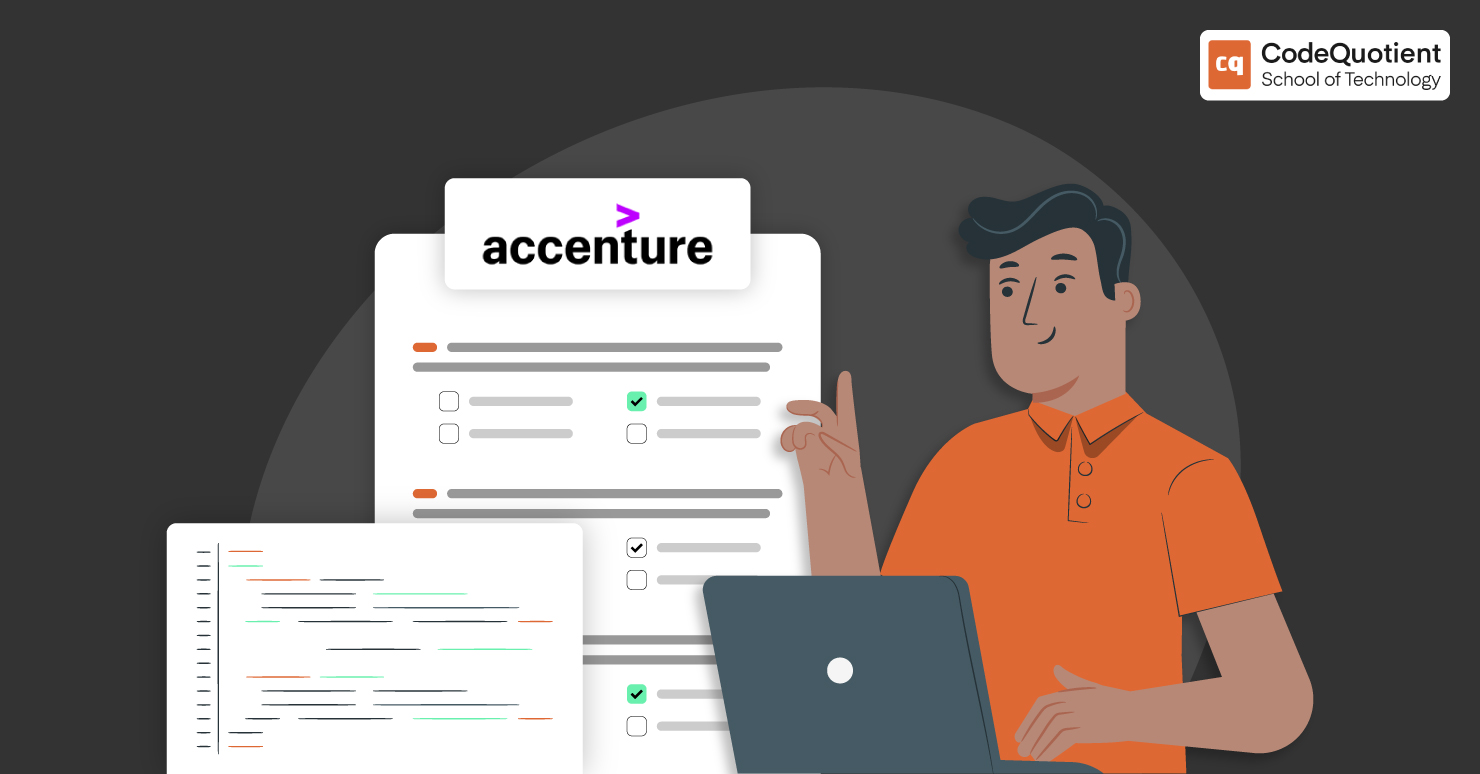Being interviewed for a multi-national conglomerate is one of the most humbling experiences a fresher can have. Accenture is one such organisation, priding itself on a rigorous hiring process to filter the best of the best. The Accenture Communication Assessment Test will help you understand the process and help you get your dream job.
The Accenture communication assessment is one of the most challenging aspects of their interview process.
Since it is usually the first round of any candidate’s application, saying that it only tests your communication skills would be an understatement. This is a make-or-break moment for many non-native English-speaking applicants. This assessment filters out people who are not good at communicating their knowledge and thoughts well in the English language.
6 Stages of the Accenture Communication Assessment Test
The Accenture communication assessment consists of 6 sections. Every section has multiple pre-recorded audio questions. Except for the first section, no text is displayed, as the candidate is quizzed orally.
You should answer all the questions from the Accenture communication assessment test. Usually, half a minute is allotted for answering each question. Still, it can also be as low as 20 seconds for some questions, lending importance to both the skills of brevity and conciseness.
While there are no breaks in the middle of questions in the Accenture communication assessment test, a candidate can take a break between moving forward to another section.
Let’s go step by step through the 6 sections of the Accenture communication assessment:

1. Reading
In this round of the test, eight sentences will be shown on the screen as text. Simply read them aloud for 20 to 30 seconds. The primary purpose of this procedure is to test the applicant’s reading comprehension.
For example, the interviewer’s audio may instruct you to read sentence number 1 before asking you to read it aloud with the correct pronunciation a few seconds later. This process can continue for a few phrases/lines.
Do not attempt to read it aloud in the first few seconds. Spend some time reading, making sure you comprehend the written words. If necessary, mentally read it; if that sounds okay, you can read it aloud. Although, you may be asked to read all the sentences in succession without any breaks. In that case, it would help to go over the passage slowly and not rush with your words.
2. Listening
In this section of the Accenture communication assessment, you will be given 16 audio sentences to repeat verbatim. You must pay close attention to what the audio reads—likely a sentence—and then repeat it to demonstrate your command of the English language.
It is an excellent tip not to hurry your speech; instead, listen carefully and repeat it with the same pronunciation as the recording. If you do not recognise an accent, continue speaking slowly and clearly and make an effort to sound as authentic as possible.
3. Q&A for Accenture Communication Assessment Test
This section of the Accenture communication assessment tests how quickly your vocabulary works and how well you can use your words. 24 fundamental and straightforward questions are asked orally. Also, your response should be concise. You’ll fare better if you respond to these questions without giving them too much thought.
A few sample questions can be: What organ digests food: brain or Stomach? (Stomach), and a boy is excited to meet his mom. Is he happy or sad? (Happy).
4. Jumbled Sentences
This section tests how quickly you can implement your knowledge and skills. Linguistic ability is less of a test here than intellectual ability. Ten audio clips are jumbled with sentences you read into. Hence, the contents of these clips are scrambled, which you must decipher and read out, testing your command of sentence structure.
For example, the baby slept in the car. You should respond with the correct answer, which is ‘The baby slept in the car.’ You can do this by paying close attention to the jumbled sentence being read to you in the audio clip.
5. Story (Re)telling
In this section of three stories, small stories will be narrated. A small beep will play after the narration ends to let you know it’s over. And within 30 seconds, you should speak what you retain from the story, the characters, the plot, the incident, etc. Until the following beep plays after 30 seconds to let you know the time is over.
6. Open-Ended Questions
In this final section of the Accenture communication assessment, along with two questions/topics to answer and speak on for approximately a minute or more. Some sample questions are – Would you prefer to Work from home or the office, and why? What is your position on the current state of economics in the world?
Ace Accenture Communication Assessment Test & Move Closer to Your Dream Job
These six sections aim to test the intellectual and communication faculties of the candidate, along with their confidence, verbal ability, and presentation skills. The company will not mind investing in the technical upskilling of a candidate who can communicate their ideas well by clearing this assessment.
For aspiring learners who want to nail their interviews and secure top jobs, CodeQuotient offers an opportunity to sharpen your
software engineering skills, known as the Software Engineering Bootcamp. However, this is a commitment for serious learners who will have hands-on practice and project-based learning directly from accomplished professionals across various disciplines to prepare them for success!




